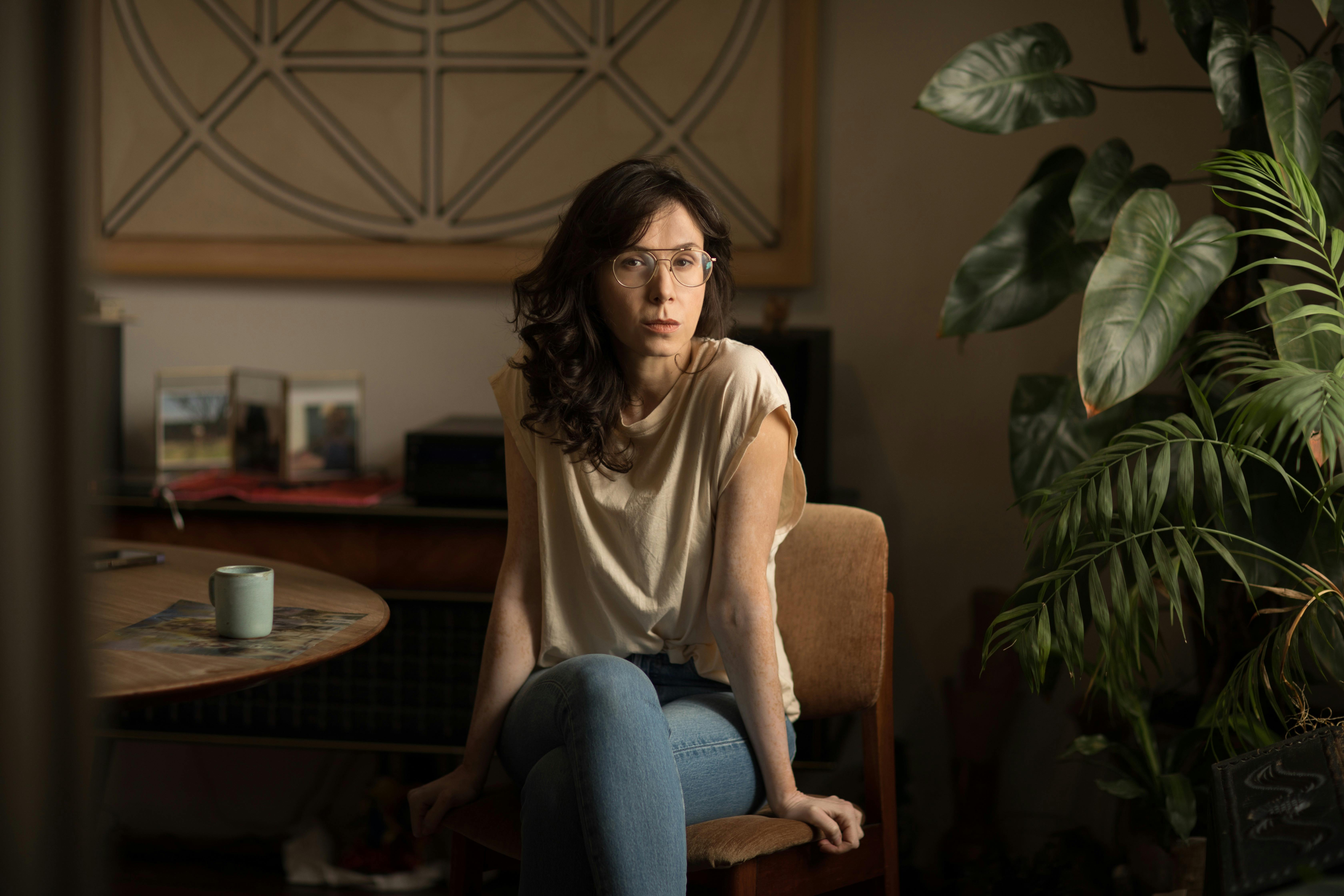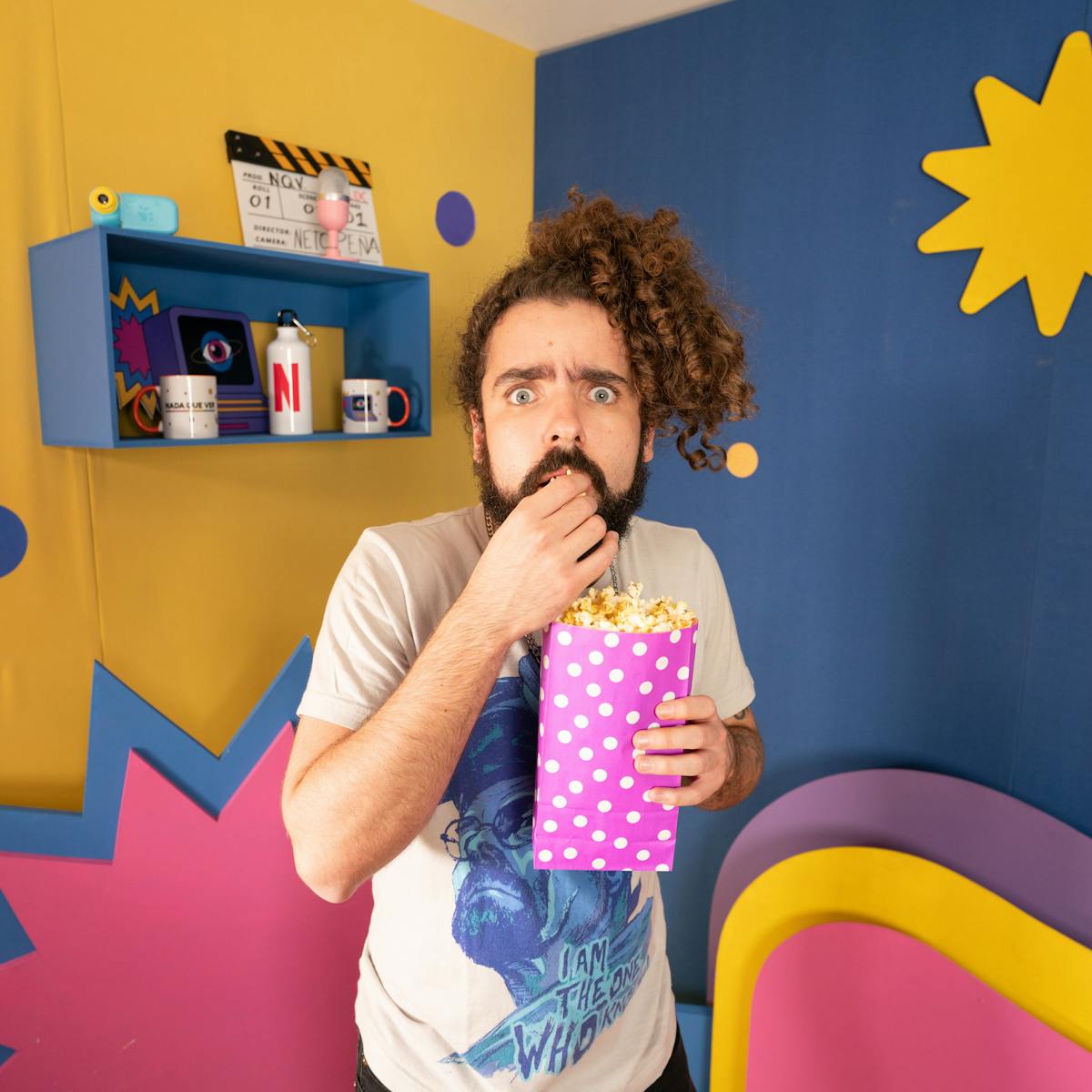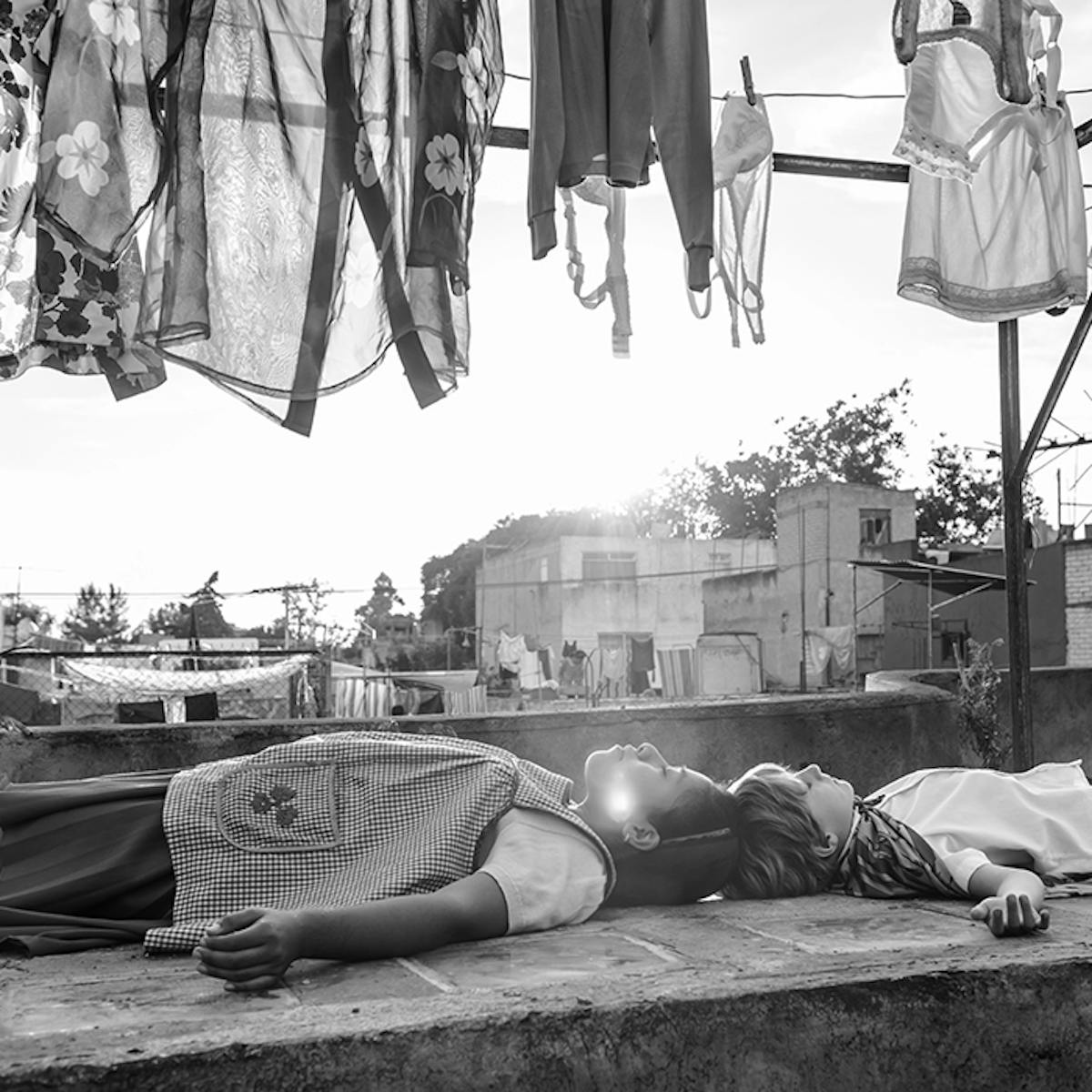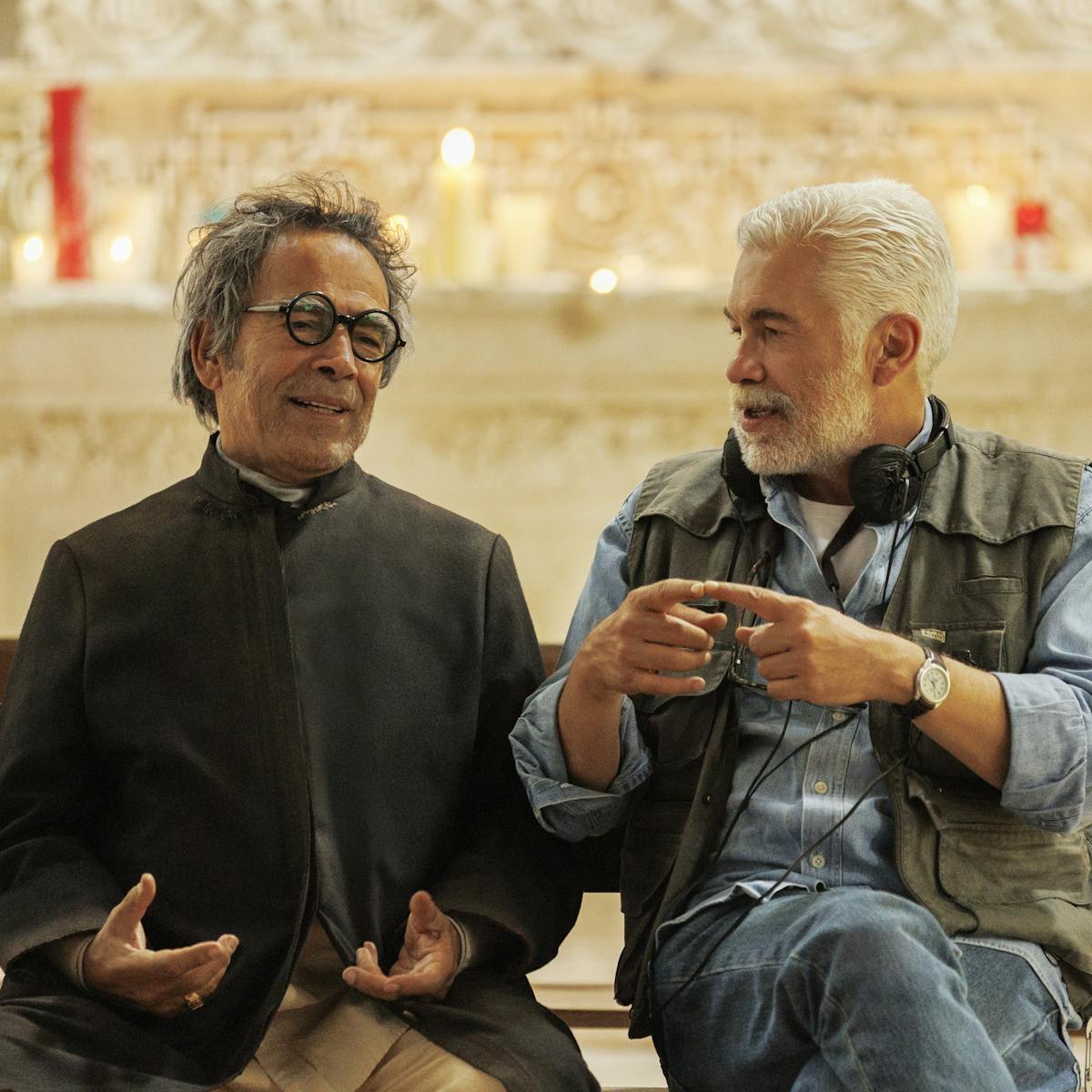The Ruido director is asking the right questions of Mexican cinema.
In a time that calls out for a more diverse and aware film industry, a small group of Mexican women lead the way in pursuit of a different kind of cinema. For these filmmakers, feminism in movies has less to do with “girl power” narratives and more to do with finding new forms of storytelling: a new gaze that takes them out of the gender’s tired clichés.
Natalia Beristáin is one of these filmmakers. With a body of work that has traveled to festivals like Cannes and Venice, Beristáin has become a reference for the new and insightful female perspectives pushing Mexican cinema forward. Her most recent movie, Los adioses (The Eternal Feminine) (2017), which examines the private life of writer Rosario Castellanos, cemented her characteristic style: intimate portraits, linked to her own personal queries.
Now, Beristáin ventures into challenging territory with her new feature Ruido, a fictional story highlighting the wounds of enforced disappearance and femicide that overpower daily life in Mexico — as Mexican filmmakers and critics are beginning to wonder if it is indeed possible to tackle these horrors that have destroyed thousands of families, without making a spectacle out of them. Maybe the answer is, as Beristáin proves, to ask the right questions and trust the diversity of current Mexican cinema. Beristáin spoke with Queue as part of Netflix’s celebration, “Que Mexico se vea.”
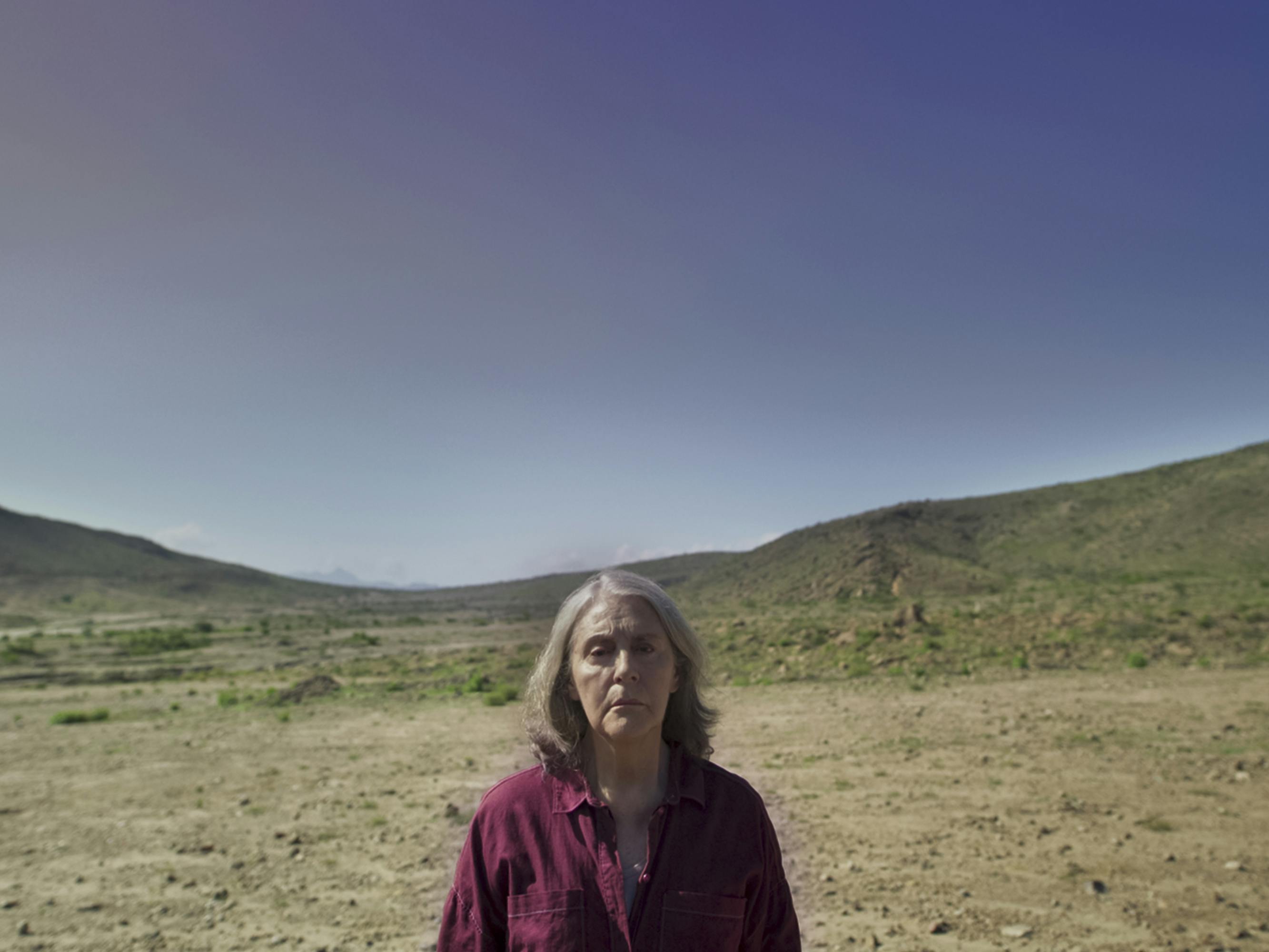
Jessica Oliva: How was Ruido born?
Natalia Beristáin: It’s an idea I’ve been wanting to do for over 10 years, even before Los adioses. It’s a subject matter that I’m very scared of, and I just kept putting it off year after year. But I always kept learning about it, reading, and meeting people. The thing that I kept realizing, more and more, and even through personal experience, is how violence in Mexico, in all its forms, has been climbing.
Ruido is the sum of several stories. I interviewed many people, many mothers, and they would all say to me, “This is my daughter’s story; you can tell it if you want to.” But I didn’t want to take just one person’s story. For me, it was more about how I could weave everything together in a way that the story didn’t lose veracity and power, but that also wasn’t alienating, so people could empathize with it.
These are stories and events that mass media cover daily from their own journalistic, “realist” perspective. What are the opportunities that fiction opens for you when dealing with such a painful subject?
NB: I believe in the power of fiction, but it’s also a language that I feel much more comfortable in and one in which I have more control. I took my first steps into documentary filmmaking a couple of years ago. [That project] was also about gender violence, and I learned a lot from it — particularly that gender violence is part of a tapestry. I wanted to show that in Ruido: how all types of violence are interwoven. You cannot talk about the disappearances of women without mentioning femicides, and you can’t talk about femicides without talking about impunity. And we can’t talk about impunity without going into organized crime. Fiction allowed me to build the story in this way and to dive into all these aspects.
You said you felt afraid for a long time. What were you scared of?
NB: I’ll confess I feel terrified of releasing this film. I feel afraid because of everything we go through nowadays: the death of journalists and activists, the enormous number of murders, etc. We are living in horror. But I was also afraid of depicting a topic like this from a place of dishonesty. We worked with a group of women who dedicate their lives to searching for their family members. For me, showing them the finished film was the most important step, and the answer I got from them was better than I expected. I cared about that a lot, and it was one of my biggest fears. How could I approach a topic like this, with my middle-class privilege, from an intellectual or an artistic perspective? Doing this dishonestly was my biggest fear.

Do you feel that, whenever you are talking about these kinds of realities from an outside, privileged perspective, it helps to approach from a place of discovery and uncertainty?
NB: I guess so, but it’s not exclusive. What I mean is that in the end, every project has its level of novelty, of discovering new things. I had a hard time coming to terms with making Julia, my protagonist, an artist. She comes from the middle class, she’s educated, and she’s from Mexico City. It was a decision I had a hard time with because I felt it might move [the character] away from empathy — we tend to think that this social class isn’t affected by these things very closely. But I finally understood that this was the only way I had to connect with her and see through her eyes. It was about discovering this Dante-esque journey my protagonist goes on. And in that sense, yes, part of that discovery had to do with where I chose to look.
The movie will be released on Netflix soon. As part of the Mexican film audience, how would you describe your relationship with streaming platforms?
NB: It’s complicated. You cannot deny the reach of streaming platforms. I know that every time I talk to the group of women searchers about where we are with the movie, the thing they’re the most excited about is the fact that it’ll be on Netflix. It’s a great place for the movie to spark a conversation. I think that’s really powerful.
On the other hand, I’m old-school in that sense, and I’ll always believe in the power of a movie theater. The power in experiencing something together, in front of a screen, where all of your attention, your heart, and your mind are dedicated to that one thing.
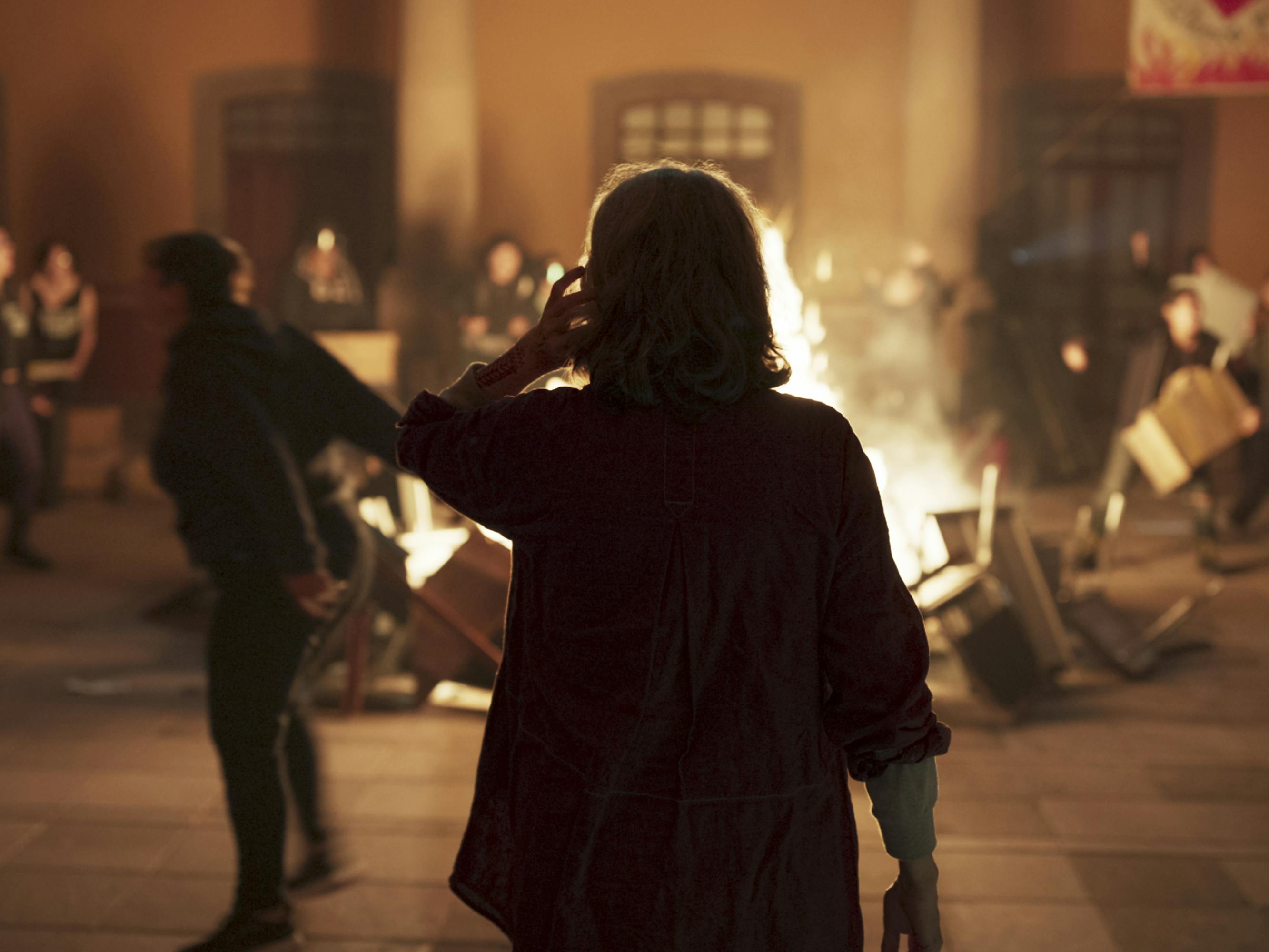
There seems to be a great divide, in the Mexican film industry, between the films that get made and the movies the audience actually sees. What role do you think platforms like Netflix play in this conversation?
NB: I think Mexican audiences are owed a huge debt from the state. I mention the state because we are one of the few countries that still makes most of its movies using federal funds. So, this is why I talk about omissions from the government, which is Mexico’s biggest production company. They have to do something in order to get that virtuous circle (that they themselves promote) to close. There is no distribution and there is no legislation that guarantees Mexican films get a minimum amount of competitiveness in the market against the big Hollywood studios.
And, of course, I browse through the streaming services’ catalogs and see a lot of Mexican movies people may have missed when they were in theaters but that are available here now. And that’s great. But, as a filmmaker, it could also be kind of an illusion.
What do you mean?
NB: You can premiere in 200 countries at the same time, but it’ll be you and many more colleagues around the world on the same day. It’s great that all these Mexican movies are available — that wasn’t possible in the past — but I think there’s still a lot more we can do in terms of audience education, especially in a country like this one, which is one of the biggest movie consumers in the world. Hopefully more and more streaming platforms will take on this work so that Mexican movies don’t end up at the bottom of the algorithm or lost in the black hole of a catalog.
What do you feel audiences here, and in the rest of the world, haven’t discovered about Mexican cinema yet? What excites you the most?
NB: One of the greatest strengths of Mexican filmmaking is the variety of voices and the variety of sensibilities. Also, the constant renewal of narrative form and subject matter. I’m also excited and intrigued about the many female voices still to come. We need to understand that all this work that my teachers, ourselves, and coming generations are doing, is in order to maintain spaces open to new outlooks and voices that have been relegated by the system.
